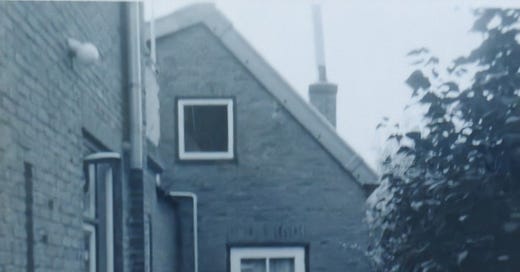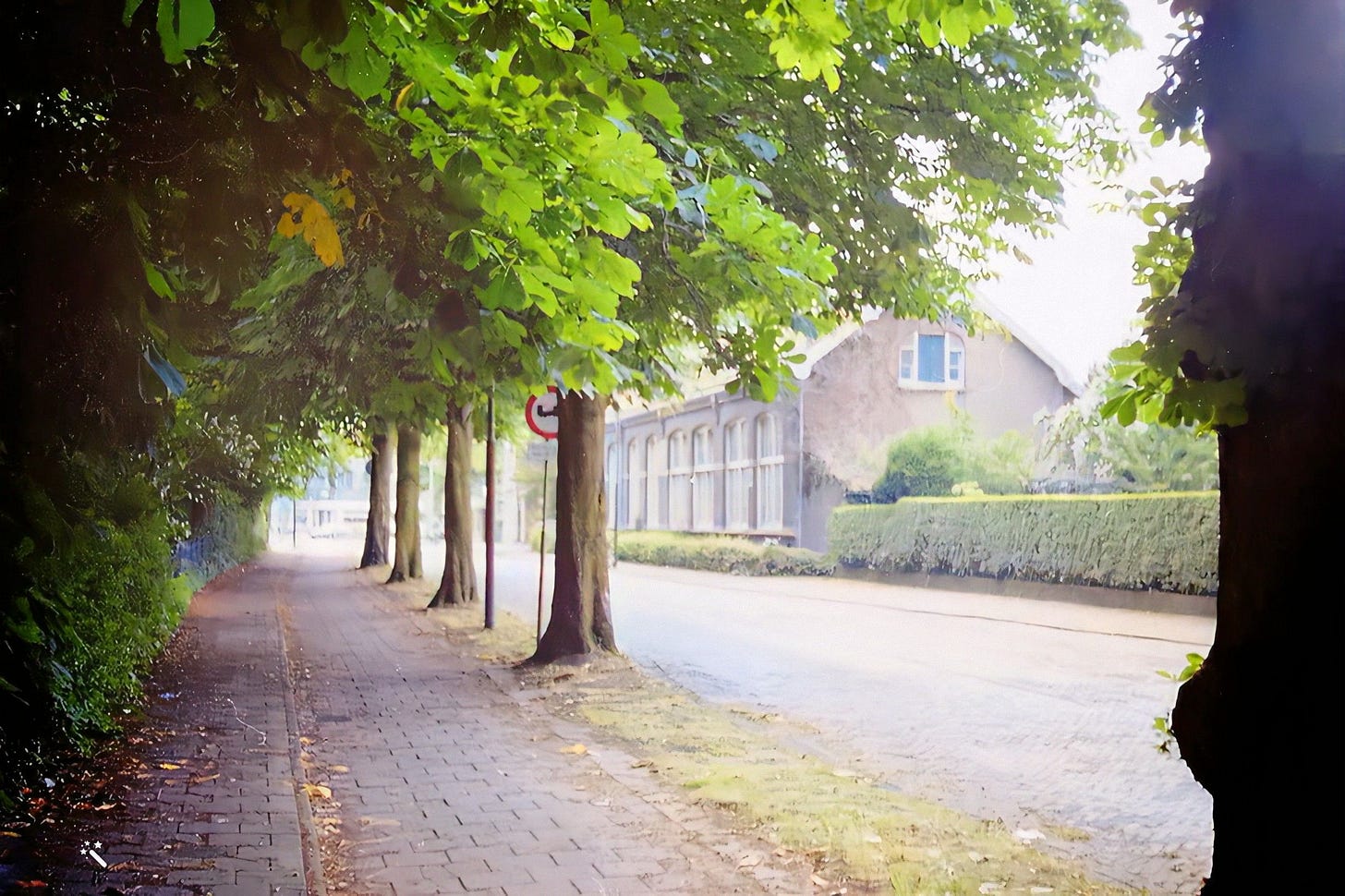Explosions Echo up the Coast from Bakkum in Autumn 1969
A clean-up of aerosol cans thrown off ships along the North Sea Coast created dangerous fun for us kids
The phone rang. Oma answered it. “With Cappel”, she said, in the traditional greeting on the phone in the hall. She called to me upstairs in my room. “It’s one of your friends, Gino.”
“Thank you”, I replied and raced down the narrow stairs. Job was one of my classmates from the Duinrand School. It was Wednesday afternoon and school had finished, as usual at 12:30 pm. “Want to come to the beach? We’re leaving soon. Meet at school.”
“Can I go to the beach, Oma?”
“Make sure you are dressed warm and home by 5:30.”
I raced to the garage through the two kitchens and grabbed my bike from the rack in the garage below the attic where I was born, and raced out the back door, jumping on the bike. I was back at my school in less than 10 minutes, where my friends were waiting.
When the rest of my friends arrived, we all headed off to the beach in Bakkum, riding on the cycle path, separated from the road by a wide ditch with water about half-way to the top.
The ride took about 20 minutes and we parked on the cycle rack, locking the bikes, just in case. The ice skating rink was still empty, waiting for winter fun, as we walked up through the soft sand and onto the beach.
Frank, my Dutch American friend had an idea. “Let’s light a fire in the bunker over there. First, we have to collect driftwood and aerosol cans.”
The North Sea Coast of Holland had hundreds of bunkers, built by the Germans, Well actually more like, supervised by the Germans and built with Dutch slave labour, all the way up the coast. There were a few within easy walking distance of the main beach entrance.
The one we were going to use was big, starting to roll down as erosion ate away at the dunes. The floor was on an angle. It was connected to an underground tunnel that connected all of the bunkers, both along the coastline, the sea wall, and an inner edge of the sand dunes, at least a kilometer inland, such as the one 3 minutes walk from our backyard, where I learned to smoke in the summer of 1970.
To give you a bit of the flavour of the times, watch this Dutch interview with Melanie Safka and her song Lay Down, as she asks the interviewer if he had heard of the Woodstock Festival. I loved her voice. Check out the well-dressed audience of the time in the TV studio.
So we collected driftwood and 20 or 30 aerosol cans. Some you could still read what they had contained, and some looking rusty which had been in the water longer. We kept those outside the bunker for a start, for safety.
We had done this before (and been told off for it!). Because the bunker had slightly slid down the bank of the dunes, there was a corner that made a perfect place for the fire. You could see ashes from previous fires.
So we got a good blaze going, and then rolled, and threw in the aerosols, so that they ended up in the red embers, or as near as possible. A few missed, but that was just bad luck.
Then it was time to scarper, as we didn’t want to get caught. What seemed a long time later as we headed close to the boarded-up beach bars that had been full of people a couple of months earlier. Then we heard the bangs. WHOOMPH, WHOOMPH! The first bangs came from our bunker, then we heard echoes coming from bunkers north of our position as the explosions were carried up the coast with the air pressure.
It was time to get well away from there.
The following morning at school, Meester Hoogewerf, the headmaster came into our classroom, looking even sterner than he usually did. “Would any of you perhaps have any knowledge of fires being lit in bunkers on the beach yesterday?”
Of course, we all wore our best innocent faces as we answer in unison. “No, Master.”
Then we got a lecture about kids who had lost arms, or eyesight from accidents, lighting fires, and throwing aerosol cans onto them in bunkers. We knew this sometimes happened, and how easy it was because when the cans hadn’t exploded after maybe 10 minutes, it was very tempting to go and see if the fire was still going. We were reckless but not stupid. At least that was our opinion.
Over the coming years, many of the bunkers were filled with sand from the dunes, and then the entrances were closed with cement. Some kids had reportedly gone missing having war adventures in the tunnels, sometimes people found abandoned weapons and munitions.
In recent years some of these bunkers have been opened up again for tourism. There is even an annual Bunker Day, when tourists and locals can gain access to some of the bunkers, to see what it was like. For some, there were memories like mine, while for others, it was for memories that they or their parents had experienced in WWII.





Had to read this, of course, after you mentioned it on my page ;-) And it brought back another memory I had forgotten: the voice of that Dutch TV personality! - and, in general, how people spoke in those years. It was all much more formal back then; the way people spoke, dressed, addressed others. Things sure do change at quite a fast pace. But boys... will always be boys ;-)
Kia ora Luigi, long time I’m behind in your stories! Loved this, especially enjoyed the accompanying pics. This reminds me of the boys I met along the banks of the Wairoa who loved to make “Molotov” bombs - they also thought they were not stupid!! I think it’s only as adults we look back and feel and see the risks so much plainer. Cool stories, wrapped up in / around hard and painful history.